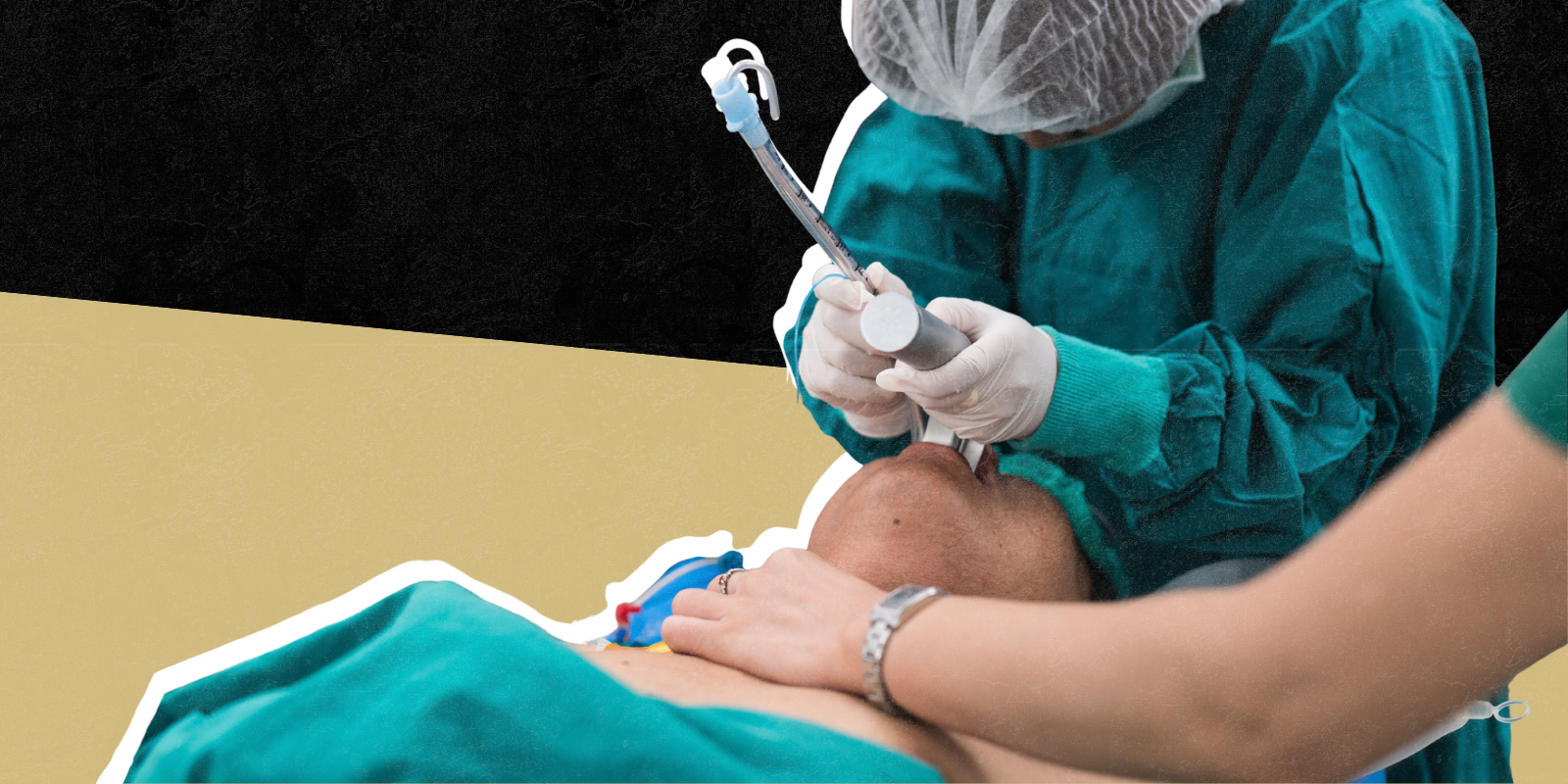While mobile methadone units make a difference in expanding methadone use for patients with opioid addictions, they are likely to be most impactful in rural areas, according to new research.
The research was published today in Health Services Research and focused on the impact of adding new treatment services exclusively to rural Louisiana, where like in many other remote parts of the country, there are limited healthcare infrastructures and barriers to transportation. They compared this data to the impact of adding units statewide, where people have more access to traditional healthcare facilities.
The research team used predictive modeling approaches to estimate new methadone uptake following a hypothetical expansion of mobile methadone in the state. They looked specifically at cases where mobile methadone operators could choose their operation locations freely and in a separate instance where they were restricted to serving rural areas to identify potential geographic differences in their effectiveness.
“Several interconnected factors play a role in the prevalence of opioid use disorders in rural areas and this includes limited access to healthcare services, which is why we wanted to compare this data to help with decision-making when allocating resources to combat this public health crisis,” said first author Jason Gibbons, PhD, assistant professor and a health economist in the Colorado School of Public Health at the University of Colorado Anschutz Medical Campus.
The research finds that adding 10 units exclusively to rural Louisiana was associated with a 13 percentage point increase in Medication for Opioid Use Disorder (MOUD) treatment rates in rural zip codes.
Adding the same number of units across the state, not exclusively in rural areas, was predicted to increase MOUD treatment rates in Louisiana by up to nearly three percentage points.
Study points to need for careful planning
“We find significant geographic variation in the impact of mobile methadone implementation, which means careful location planning will be required to maximize their benefit in other communities,” Gibbons said.
The researchers also predict that adding 10 units to rural communities could provide nearly 20% of all beneficiaries residing in rural areas being treated with methadone to be around 24 miles closer to a methadone treatment provider. Their model also suggests that most patients will only be willing to travel up to 50 miles for methadone services, highlighting the potential for mobile units to close historical access gaps to methadone treatment.
To study the impact, the researchers looked at 43,341 Louisiana Medicaid patients with a diagnosis of opioid dependence identified in the Medicaid claims data between 2020 and 2021.
They then simulated the impact of mobile methadone units in Louisiana using two approaches: a “Poisson regression approach,” which involved predicting the number of opioid use disorder patients that might use methadone at mobile locations based on the underlying association between methadone use and proximity to a brick-and-mortar methadone clinic and a “policy approach,” which leveraged local treatment uptake rates following the expansion of methadone coverage to Louisiana Medicaid beneficiaries in 2020 to estimate methadone use following mobile unit implementation.
The analysis revealed mobile methadone would have a distinct impact in rural communities if these locations were prioritized and recommended operators collaborate with state and local policymakers regarding where to locate them to help maximize their impact.


.png)

